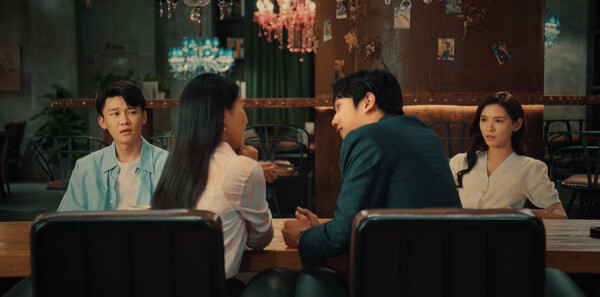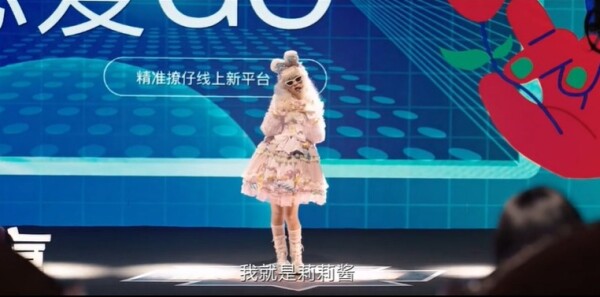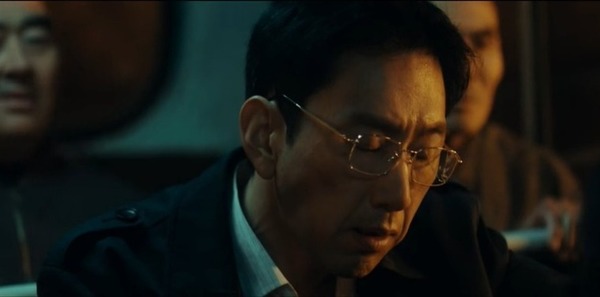芒果街上的小屋《A Room On Her Own》
- 书评
- 2023-03-26 04:38:22
- 88
The stories of “A house on Mango Street” are narrated by Esperanza a young girl who just moved with her family to a small house on Mango Street in a small city in the United States. At the beginning she dislikes their house because it is not what she expects to be like the ones she has seen on TV. After Esperanza settles on Mango Street she soon meets many people and starts making friends with them because they are as poor as she is.
In the beginning chapters Esperanza and her other two friends Lucy and Rachel receive several pairs of old high heeled shoes. They walk around the neighborhood with the high heeled shoes on. However when Esperanza wears the shoes to school next day she is humiliated by the sister who considers Esperanza lives in the terrible house in the neighborhood. In addition she is kissed by an old man whom she meets in a photo store. She makes many friends on Mango Street later on. One of her friends Elegits tells Esperanza that she will have a home in the heart even though she wants a real house. Then the three sisters read Esperanza’s palm and tell her that life is a circle she has to live on Mango Street even if she leaves she must return. Finally Esperanza moves out off Mango Street she begins her own life in a house on her own.
The book “A house on Mango Street” revealed a typical Mexican immigrant family coming to the US to make a living. Without bring lots of money from Mexico they started from zero I was overwhelmed to read the family first settled in one of the poorest neighborhood. I could imagine how kids growing up in a place where it is totally isolated from the main stream no one besides their own people would want to visit there. I do not know how most children will grow up to be I even found something in common with people who live in the mongo street since I have been living in a small street in Chinatown where gathered by mostly lower middle Chinese there is a stereotype reflected to my own community with my own ethnic enclave. I always feel to be marginalized for people live in my small neighbor. People are so on their own just like people who live in Mango Street a street in which is forgotten.
Even though there are small poor communities like Mango Street and Chinatown at least we have a house to live a family to feel love and give protection. A house for young Esperanza represents domination and security. The house she lives on Mango Street is very small and creepy she hates it a lot. Unfortunately she is too young to move out off the house and live by her self. She has to accept the reality in which they are poor people like their neighbors. The invisible social stratification classifies different class of people live in different communities. I remembered the moment that my mother brought me with her to her small apartment after I arrived in New York. My god the apartment is so small so suffocating. The hallway is full of junks. I could smell smoke in there. I suddenly wake up in my unrealistic American dream of owning a fabulous house as I always see on TV. I can completely understand how young Esperanza feel like living in a real house would make her feel not live in poverty; it would give her a space of her own where she could utilize her identity. She gradually realizes that she does not belong to the poor neighbor and she does not belong to any race and class of people who lives in such houses.
The book also raises an interesting point about domination by using a Chinese horoscope. Esperanza comes from a poor Mexican family. She was born in the year of the horse. Horse is consider a strong animal muscular and could be very stubborn. In a male dominant society women are trained to be tender and dependent to men. They don’t want any women stronger than men physically and psychologically. She has been told that being born in the year of the Horse is bad luck for women but Esperanza thinks it is a lie since “the Chinese like the Mexicans don’t like their women strong.” She already experienced the oppression of class race and gender when she was young. In the book “Diversity in Families” it mentions that the structures of social relationship are made up of class race and gender in which the affluent dominate the poor men dominate women and White dominates people of color. No doubt Esperanza is ranked in lower-class category. People in this zone are thought to be unmotivated incapable of deferring gratification and as a result unable to improve their condition. In the contrast Esperanza has never given up her dream; she constantly wants having a house on her own. I think the author wants to indicate the young girl presents a woman warrior who fights for the prejudice of been born in the year of the horse.
In chapter “Those Who Don’t” Esperanza addresses two of the largest themes of the book: stereotyping and prejudice. Esperanza notices that non-Hispanics are afraid in her neighborhood. However most people she meets there are not dangerous people even though they are considered people in color and mostly Hispanics. Esperanza’s familiarity with the people in the neighborhood takes away her fear. She is indicating “those who don’t know better” would not be afraid if they spend some time in her neighborhood. She wants to explain that even though they live in a poor community but people are friendly and harmless. Some people think the Blacks and Hispanics are poor people always do bad things like stealing and robbery. “Although the word race is meaningless in a biological sense because there are no pure races but race is a social category that serves as a basis of differential treatment.” (Chesla 38) It is true that the Hispanic migrate in the United States has increased in the last few decades poverty rates among Hispanics have risen rapidly. The economic condition of the family of Esperanza is also below poverty level. So the race has a huge impact on economic condition.
On the other hand the book uses symbolism and me
In the end she announces that she needs a room on her own. She defines the house she is looking for. Obviously it is not a house where Esperanza will follow the traditional role of homemaker and housekeeper. The story itself is a symbolic return to Mango Street. When she returns to Mango Street it seems to give hints that she has been freed and that she has finally found a “real house” on her own.
本文由作者笔名:小小评论家 于 2023-03-26 04:38:22发表在本站,文章来源于网络,内容仅供娱乐参考,不能盲信。
本文链接: http://www.w2mh.com/show/19641.html
 小小评论家
小小评论家






















